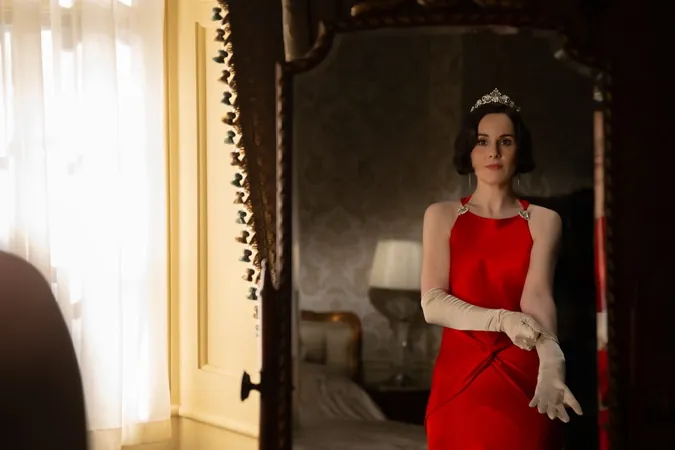
The Final Curtain Call of Downton Abbey: A Fashion Revolution Unveiled
2025-09-13
Author: Liam
Anna Mary Scott Robbins: The Vision Behind the Crawleys' Wardrobe
As the beloved Crawley family graces the screen one last time in "Downton Abbey: The Grand Finale," costume designer Anna Mary Scott Robbins reveals the duality of styling this iconic family. Tasked with conjuring a wardrobe that echoes the lavish elegance of the 1930s amidst the stark realities of the Great Depression, Robbins describes the film as a poignant glimpse into a fading world.
"This film represents a window into a disappearing world," she remarks, acknowledging the emotional significance of the story’s backdrop. With a spotlight on the meticulous details that character-driven wardrobe demands, Robbins captures the essence of Julian Fellowes' narrative.
Crawleymania and the Rise of Vintage Fashion
Since Robbins joined the franchise in Season 5, the cultural phenomenon known as 'Crawleymania' has exploded. TikTok and social media have made vintage fashion not only trendy but also aspirational. Influencer Zach McLeod Pinsent, who pioneered Regency-era looks on TikTok, even earned a feature in The New York Times, while locations like Highclere Castle—fictional Downton Abbey—saw a surge in tourism.
Capitalizing on this frenzy, Bonhams auction house is hosting an online sale of authentic props and costumes, with bids ranging from £3,000 to £35,000. This event, coupled with the film's release, aims to reignite interest in period design and influential style.
The Fashion Showdown: Sisterly Styles That Stole the Show
In the world of Downton, Lady Mary, Lady Edith, and the late Lady Sybil were not just characters but fashion icons of their time. Their lives became a continuous runway as they dazzled in opulent outfits reminiscent of a high-end fashion week. Each costume, as Robbins notes, is integral to their character arcs.
Drawing inspiration from French designer Madeleine Vionnet, Robbins showcases soft draping and graphics that bring fluidity to the 1930s styles. Lady Cora's costumes, for example, reflect a transition influenced by American fashion, presenting a fresh interpretation of elegance.
Transformative Fashion: Edith and Mary Step Into the Spotlight
While Lady Cora’s evolving styles hint at society's shifting norms, it's the sisters who captivate the most. Lady Edith—often overshadowed—emerges with a bold new look, embodying modern elegance and confidence, bolstered by her successful career and a new marriage.
Conversely, Lady Mary opens the film in a show-stopping red 'revenge dress', turning her personal struggles into a declaration of empowerment. Each garment unfolds a narrative, reflecting the sisters’ journeys toward self-discovery.
Dandyism and Gender-fluid Styles: A Bold New Era
Robbins doesn’t shy away from showcasing diversity, introducing characters like Noël Coward and Guy Dexter, whose flamboyant styles challenge traditional masculinity. Their striking attire serves as a herald of change, blending historic accuracy with modern flair.
Robbins notes that the intricate details found in their garments, such as Coward's silk robes and bold jewelry, are not mere accessories but rather Easter eggs for keen observers, celebrating the evolution of fashion.
Fashion: A Reflection of Change and Progress
Ultimately, Robbins posits that both Lady Mary and the dandy figures symbolize a shifting tide in fashion. Their presence signifies the transition from aristocratic norms to the rise of Hollywood glamour, with styles challenging gender conventions and embracing new silhouettes.
This sartorial celebration is a testament to the idea that true style transcends the present, breaking free from the constraints of the past. As "Downton Abbey" reaches its finale, the film encapsulates not just a story, but a fashion revolution that continues to resonate.
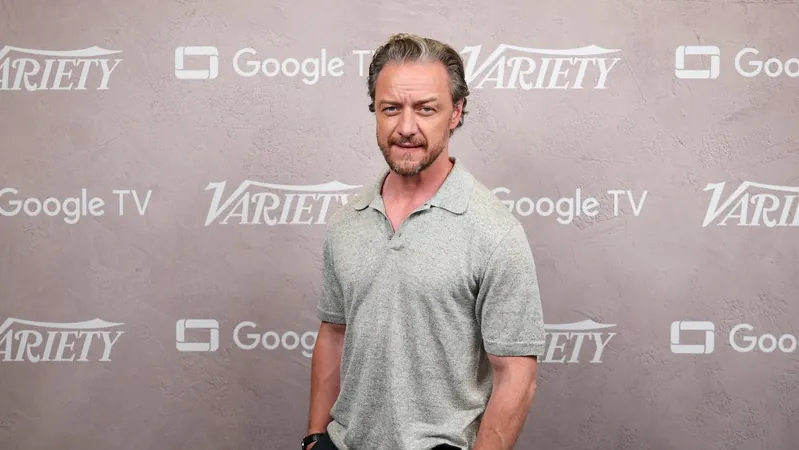

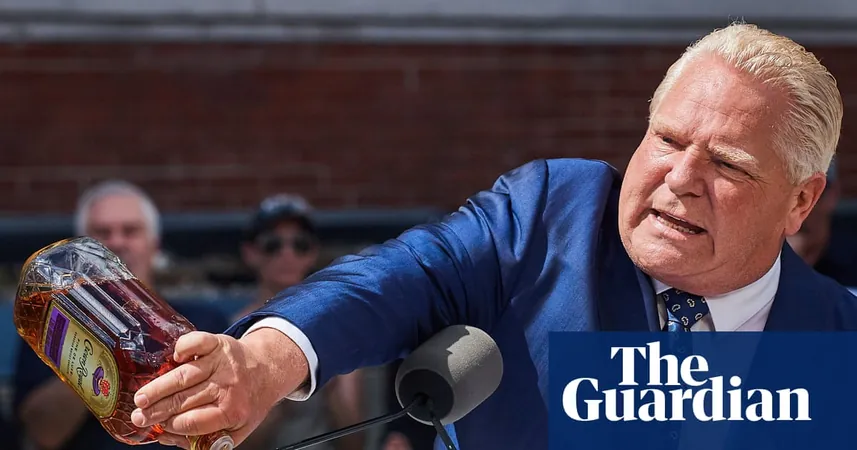

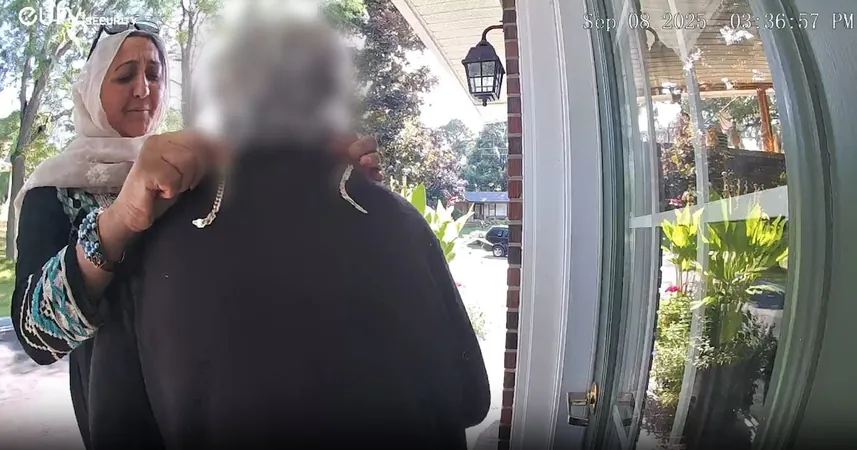
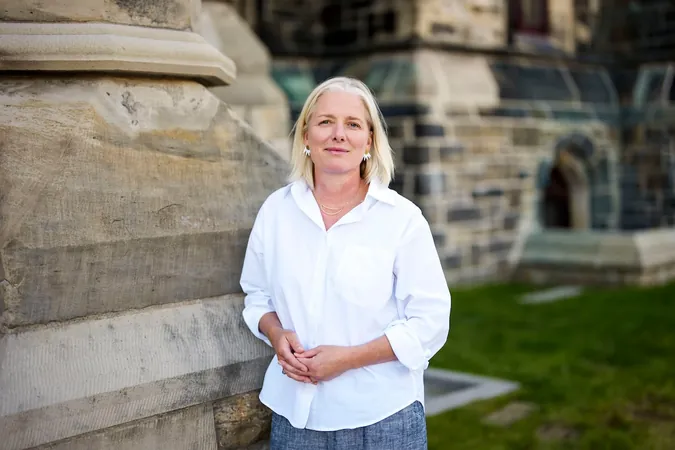
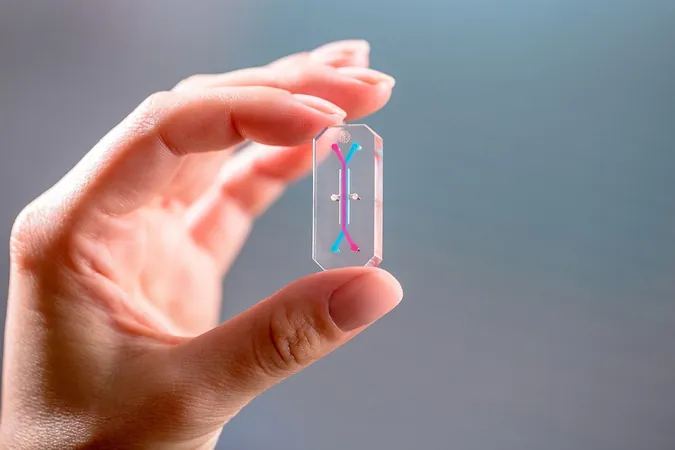

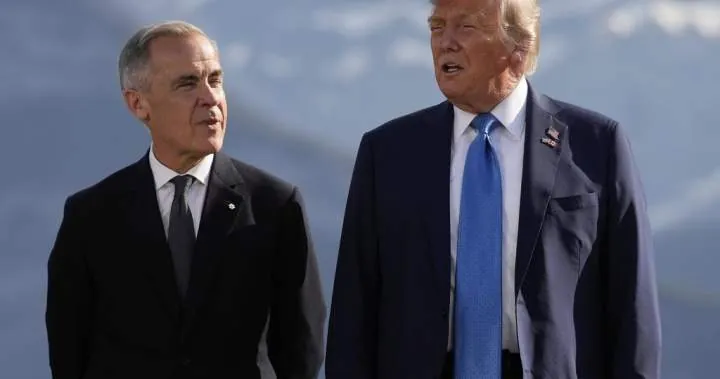
 Brasil (PT)
Brasil (PT)
 Canada (EN)
Canada (EN)
 Chile (ES)
Chile (ES)
 Česko (CS)
Česko (CS)
 대한민국 (KO)
대한민국 (KO)
 España (ES)
España (ES)
 France (FR)
France (FR)
 Hong Kong (EN)
Hong Kong (EN)
 Italia (IT)
Italia (IT)
 日本 (JA)
日本 (JA)
 Magyarország (HU)
Magyarország (HU)
 Norge (NO)
Norge (NO)
 Polska (PL)
Polska (PL)
 Schweiz (DE)
Schweiz (DE)
 Singapore (EN)
Singapore (EN)
 Sverige (SV)
Sverige (SV)
 Suomi (FI)
Suomi (FI)
 Türkiye (TR)
Türkiye (TR)
 الإمارات العربية المتحدة (AR)
الإمارات العربية المتحدة (AR)